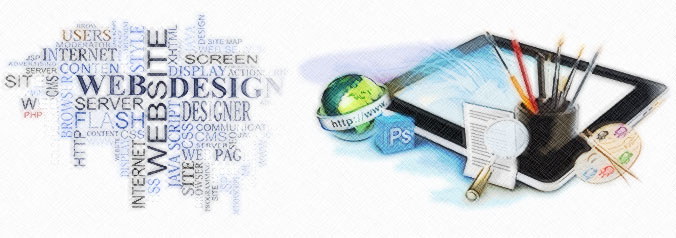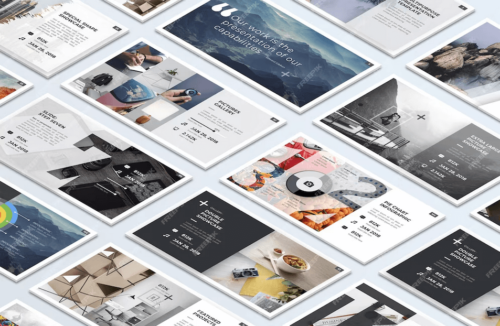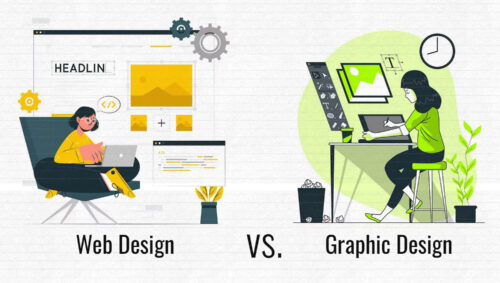“Preparation is the key of any successful project” The world of web design and development can be confusing, and it can be difficult to determine where to start. There are several stages during the process of a web design project, and every stage is important to achieve a positive end result.
First of all, what exactly is a ‘process’? A Web development process is a documented outline of the steps needed to be taken from start to finish. As a web designer myself, I have put together a summary of the process that I hope will help you.
Project Goals
First and foremost, you have to gather all the relevant data about what is client wants from website. This includes client goals, target audience, detailed feature requests and as much relevant information as you can possibly gather. Prepare a list of objectives and try to prioritize them in terms of importance. Don’t be afraid to offer useful suggestions from your experience.
Website Content
It goes without saying that content is king. You have determined just what your client need to include in website, you should start gathering and organizing all content. As one of the first steps in project, you will create a content outline or sitemap. A sitemap guides end users who are lost in the structure or need to find a piece of information quickly. Rather than simply listing pages, including links and a hierarchy of page organization is good practice. Also don\’t forget to gather pictures and images that they might want to include too.
Reference and Research
Reference and Research are mandatory and a key factor for every project, no matter of what nature. I usually dedicate 4-6 hours or more to research and reference, no distractions allowed. This is something I always do, even if I already have the design in my mind. Some of the best research you can do simply browse the websites related your project and see what websites you like. Pay attention to all the different features reference websites have as well what do you like about these sites? Like design, colors, functionality, etc…
Sketches or Wireframes
When starting a new web design project, it’s always a good idea to begin with Sketches or wireframe. It can be one extra step in the beginning of any web design project that can save a significant amount of time later on. The purpose of a sketches or wireframe is to communicate the layout of a page without getting caught up in color and design elements. This is where the visual layout of the website begins to take shape. Editing a simple sketches or wireframe in order to change a layout can be a lot simpler than trying to change the layout of a final coded design, or even a PSD. Of course, this is both true for personal and client projects.
Have a question Start Web Design with Sketches or Wireframes? CLICK HERE
Pick Your Tools
This part of the process is also the perfect opportunity to assess which tools you will need to use. You absolutely should not fall into a pattern of using a predetermined set of tools for each site you create like Adobe Suite (Photoshop, Dreamweaver, Flash…), Typekit, JQuery, Filezilla or any other FTP manager etc. This is one of those topics that could generate a new article.
Design
Once you are final Sketch or Wireframe with client & ready to start designing, keep in mind that you need to design more than just a home page. You’ll need a design for the sub-pages of your site as well. It can sometimes be easy to design a home page concept, slice it up and start coding only to get to sub-pages and have no direction. At this stage the project acquires its look and feel, as the page grid, page design, and overall graphic design standards are created and approved.
Just open up Photoshop (for the sake of simplicity, let’s assume you use Photoshop, as most of us do, if not, the general idea is the same) and start bringing your Sketches or Wireframes to life. Make it pixel perfect & well layered.
PSD to HTML / Coding
Once you have a killer design, you’ll need to turn it into a real, live website. A safe bet, no matter what content management system you are going to be working with, is to start with a generic HTML and CSS template.
How convert PSD to HTML? CLICK HERE
If you have covered all of the above, then you\’re well on your way to a successful project outcome.






